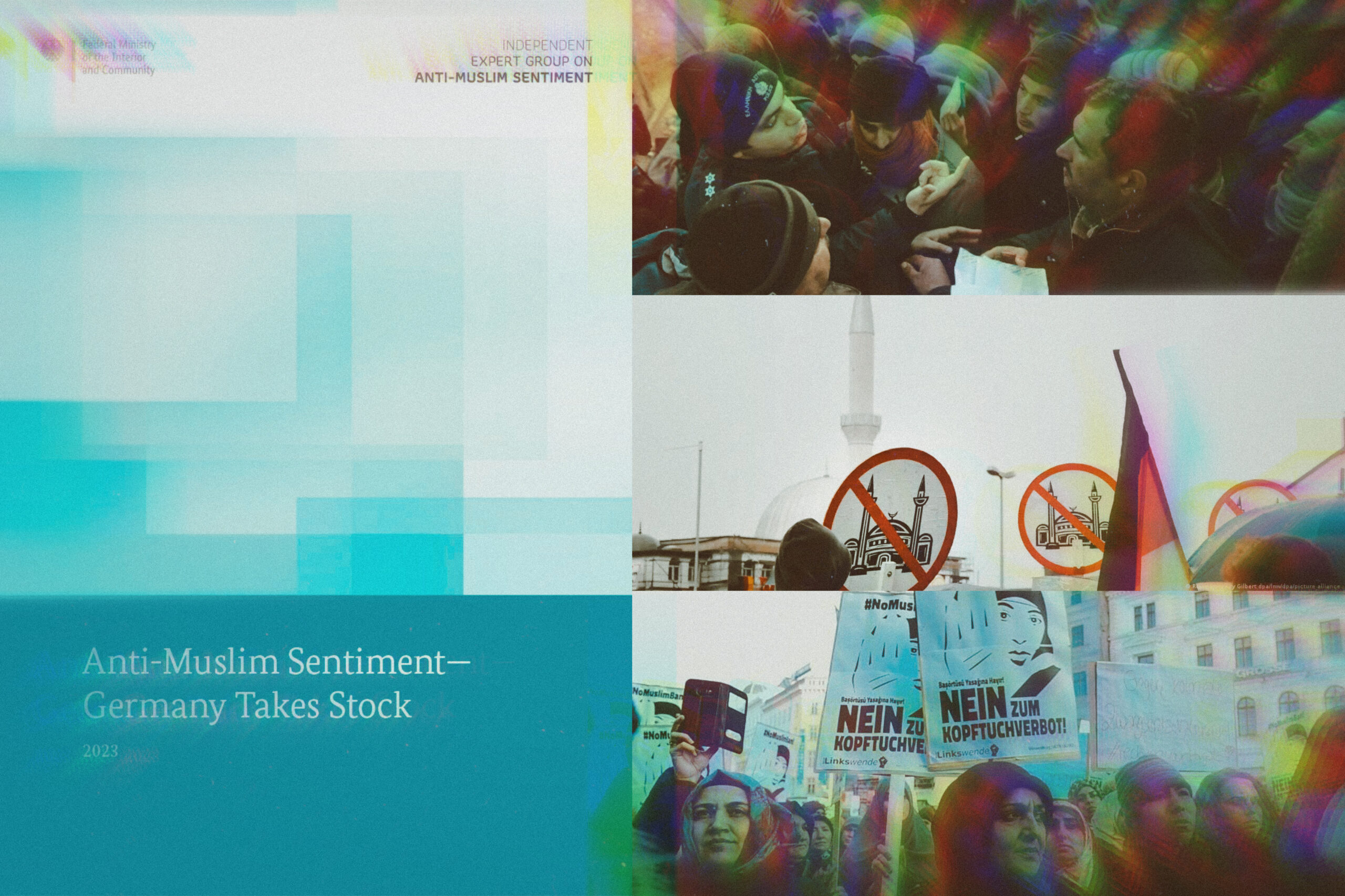Contemporary debate over Europe’s identity increasingly refers to the continent’s Christian or Judeo-Christian heritage. But a closer look at the history books belies this theory and teaches us that for centuries, Islam and Judaism have played an integral role in shaping European history and that both religions have been regarded with deep hostility down through the centuries. By Stefan Schreiner
Whenever discussions centre on how Europe perceives itself and in particular on the continent’s values, it is still commonplace – today apparently even more so than in the past – to speak of a “Christian” Europe, or at least to make reference to its Christian roots and to emphasise the Christian character that these roots have produced. But political correctness forbids the exclusive interpretation of the word “Christian” in this context, and particularly well-meaning commentators are quick to define it instead as a Judeo-Christian tradition or Europe’s Judeo-Christian heritage, which does little to improve matters.
On the contrary – upon closer inspection, this reference to Europe’s Judeo-Christian tradition or its Judeo-Christian heritage is revealed all too smartly as a transparent manoeuvre. After all, those who most vociferously reclaim a Judeo-Christian tradition for Europe generally do this with the sole aim of saying that Islam does not per definitionem belong to the continent.
From a historical point of view, however, the Christianization of Europe was an arduous process that took more than a millennium and followed anything but a straightforward course. In fact it was a process that was repeatedly dogged by “setbacks”. Essentially, the Christianization of Europe never really reached a conclusion or was properly completed. This is because at the point when the last Muslim had been driven from the Iberian Peninsula in the West, and the “last heathens of Europe” – the Lithuanians – had been converted to Christianity in the East (in the fourteenth/fifteenth century), Islam had long begun to spread back into Europe from the East and the South-East (the Balkans). Muslim communities would then maintain a long-term presence in central and eastern Europe (Lithuania, Poland, Belarus), just as they did in the Balkans.






